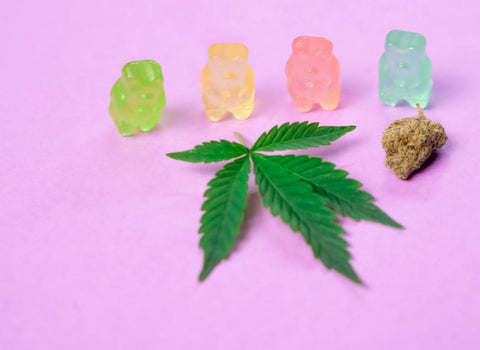
Bioavailability refers to the proportion of THC that enters the bloodstream and becomes active in the body after consumption. The THC in our gummies and cannabis-infused beverages has lower bioavailability than that in smoked weed, but that’s not the whole story. Our gummies and drinks deliver microdosed THC goodness that’s longer-lasting and more potent.
Our carefully crafted, low-dose products harness the power of bioavailable THC to provide you with an efficient, effective, and much safer cannabis experience.
What does bioavailability mean?
Bioavailability refers to the proportion of a drug or substance that enters systemic circulation and has an active effect on the body. THC bioavailability is a measure of how much of the consumed THC actually reaches the bloodstream. The amount of THC that ultimately reaches the bloodstream is determined by the absorption, distribution, metabolism, and elimination (ADME) process that occurs when THC is consumed.
Absorption
THC absorption into the bloodstream is influenced by the method of consumption. THC can be absorbed through the lungs, gastrointestinal tract, or mucous membranes. The rate and extent of absorption are influenced by factors such as the delivery method, THC concentration, and individual physiological differences.
Absorption through the lungs typically results in a faster onset of effects than other routes. When inhaled, the effects of THC can be felt within minutes. Oral routes involve the digestive tract, so the peak blood concentrations of THC are reached within 1–3 hours. With sublingual and oromucosal methods, THC is absorbed through the mouth's mucous membranes, bypassing first-pass liver metabolism.
These methods also have acute effects—the quicker and more direct entry of THC into the bloodstream results in the faster, near-immediate onset of the therapeutic or recreational effects.
Distribution
Once in the bloodstream, THC is distributed throughout the body. Its high lipid solubility allows THC to cross the blood-brain barrier easily and bind to cannabinoid receptors in the brain. This distribution pattern results in THC having a prolonged presence in the body.
A 2005 review article postulates that “THC is widely distributed, particularly to fatty tissues, but less than 1% of an administered dose reaches the brain, while the spleen and body fat are long-term storage sites.” As the THC stored in fat tissues is gradually released back into the bloodstream over time, it can extend the duration of THC's effects and detectability in the body.
Metabolism
THC goes through a complex breakdown process in the body, mainly in the liver. When THC enters your body, your liver breaks it down into different substances. Some of these can affect you, while others are just waste products. Here's how THC metabolism works:
- Special proteins in the liver, called cytochrome P450 enzymes, are responsible for breaking down THC. Two key enzymes are CYP2C9 and CYP3A4.
- When the liver processes THC, it first creates a substance called 11-hydroxy-THC (11-OH-THC). This compound is also psychoactive, meaning it can affect your mind and contribute to the "high" feeling.
- The liver continues to process THC, creating other compounds. An important one is 11-nor-9-carboxy-THC (THC-COOH), which doesn't have any psychoactive effects.
- How quickly and effectively your body processes THC varies from person to person. Each person has a unique set of genes and different liver enzymes.
Elimination
THC and its metabolites are eliminated from the body mainly through feces and urine. A significant portion is excreted as acid metabolites. The elimination process for THC is slow and varies between individuals. The elimination half-life of THC can range from about 20 hours to several days. Chayasirisobhon, M.D. posits that THC's plasma half-life is 1–3 days in occasional users and 5–13 days in chronic users.
Because THC is stored in fat tissues and has a slow release, traces of its metabolites can be detectable in biological samples for an extended period after use, sometimes weeks or even longer in chronic users.
How much THC is absorbed from edibles?
The amount of THC absorbed from edibles goes anywhere from 4% to 20% of the total THC content in the product. This means that if you consume an edible containing 10mg of THC, approximately 0.4mg to 2mg of THC will become bioavailable.
When you consume cannabis edibles, your liver processes the THC before it enters your bloodstream. This process, called first-pass metabolism, significantly reduces the amount of THC that ultimately reaches your system, resulting in a lower absorption rate than other routes of administration.
Despite this lower absorption rate, the effects of edibles are more potent and long-lasting because of the way THC is metabolized. Oral administration converts the THC in the liver to 11-hydroxy-THC, a more potent psychoactive compound. This metabolite can cross the blood-brain barrier more easily, leading to stronger and more prolonged pharmacodynamic effects compared to inhaled THC.
The percentage of THC bioavailability by consumption method
According to research, this is the order of THC bioavailability from highest to lowest based on the route of administration:
- Smoking: 10–35% bioavailability
- Vaporizing: 10–35% bioavailability
- Sublingual and oromucosal: 12–35% bioavailability
- Suppositories: 20-30% bioavailability
- Oral consumption: 4-20% bioavailability
- Transdermal: low bioavailability
- Topical: very low bioavailability
As you can see, there's a wide range in the bioavailability of THC across different consumption methods.
What factors influence THC bioavailability?
Different factors come into play to impact THC bioavailability and metabolism.
- Route of administration. Different routes of administration influence the pharmacokinetic profiles of THC. Smoking and vaping are quicker methods of consumption and tend to have higher bioavailability. Oral administration of THC takes more time. That’s why less THC ends up being used and activated in your body.
- Individual physiology. Everyone's body is different, and that means THC can affect people in different ways. Your metabolism, body fat percentage, and even your genes can influence how quickly THC is absorbed and broken down in your system. The same dose may have different physiological effects for one person than another.
- Product formulation. The way a THC product is made can also impact its bioavailability. Some formulations might be designed to enhance absorption, while others could slow it down. Factors such as the concentration of THC, the presence of other cannabinoids or terpenes, and even the type of oil or base the THC is dissolved in all play a role.
- Co-administration with food. Eating food along with your THC can affect how it's absorbed, especially for oral products such as edibles or capsules. Canadian researchers provided evidence that consuming THC with a high-fat meal significantly delayed the time to peak plasma concentration for both THC and its metabolite 11-OH-THC. The presence of food also increased overall levels of both compounds in the blood. On the flip side, taking THC on an empty stomach might result in quicker absorption but potentially lower overall bioavailability.
- Dosage and frequency of use. The amount of THC you consume and how often you use it can influence bioavailability over time. Higher doses might overwhelm your body's ability to absorb and process THC effectively, while frequent use could lead to tolerance, meaning you need more THC to achieve the same pharmacodynamic effects as before.
- Drug-drug interactions. If you're taking other medications, they could interact with THC and change its bioavailability. Some drugs can interfere with the enzymes that break down THC, leading to higher levels in your system, while others might have the opposite effect. A 2024 clinical study found that THC may interact with drugs such as warfarin, affecting anticoagulation.
- Age. As we age, our bodies can process substances differently. Older people might metabolize THC more slowly, leading to prolonged effects and potentially higher bioavailability.
- Sex. Hormonal differences between males and females may influence how THC is absorbed and distributed in the body. Women seem to have a significantly higher peak plasma concentration of THC than men. In a 2019 clinical study, healthy volunteers of both sexes took the same amount of THC (5mg) on an empty stomach. The women ended up with more THC in their bloodstream at its highest point than men did. This means that women might experience stronger effects of cannabinoids from the same dose of THC than men, at least when taken without food.
- Health status. Certain health conditions can impact THC bioavailability. For example, people with liver disease or gastrointestinal disorders might have altered THC absorption and processing. Even things such as stress, sleep quality, and overall wellness influence how your body handles THC.
- Environmental factors. Believe it or not, the environment around you can also affect THC bioavailability. Temperature, humidity, and exposure to light can degrade THC over time, reducing its potency and effectiveness.
- Entourage effect. The presence of other cannabinoids and terpenes in cannabis can modulate the effects of THC through a phenomenon known as the entourage effect. Cannabinoids, terpenes, and other plant compounds work together synergistically. Some of these compounds might enhance THC absorption, while others can mitigate specific side effects—all of which shape the overall bioavailability and user experience.
To fully understand how THC exerts its effects on the body, let’s explore the mechanisms of action that occur once THC is absorbed.
THC mechanisms of action
When THC (tetrahydrocannabinol) is consumed, it must first be absorbed into the bloodstream before it can interact with the body's endocannabinoid system (ECS) and produce its effects. The ECS is a complex cell-signaling system that regulates important physiological processes, including mood, appetite, pain sensation, and memory. It consists of three main components:
- Endocannabinoids: naturally occurring cannabinoids in the body
- Receptors to which cannabinoids bind. Two main types of cannabinoid receptors are CB1 and CB2.
- CB1 receptors are primarily found in the central nervous system
- CB2 receptors are found in the immune system
- Enzymes that break down endocannabinoids and cannabinoids
When THC binds to CB1 and CB2 cannabinoid receptors, it produces the characteristic effects of cannabis. Its interaction with the CB1 receptors in the brain may cause changes in mood, perception, appetite, and cognitive function, which are responsible for the psychoactive effects associated with THC and the “high” it produces.
The relationship between the endocannabinoid system and THC bioavailability is complex. The ECS does not directly affect the absorption or metabolism of THC. Instead, the ECS is responsible for mediating the effects of THC once it has reached the bloodstream and interacted with cannabinoid receptors.
THC's mechanisms of action involve several processes that occur after it has been absorbed into the bloodstream, such as:
- Receptor binding: THC binds to cannabinoid receptors in the brain and throughout the body to trigger a series of cellular responses.
- Signal transduction: upon binding to cannabinoid receptors, THC initiates a cascade of signaling events within cells that ultimately change cellular activity and function.
- Modulation of neurotransmitter release: THC can modulate the release of neurotransmitters, such as dopamine, serotonin, and glutamate. They are involved in regulating mood, reward, and cognitive function.
- Activation of reward pathways: THC activates the brain's reward system responsible for the pleasurable and reinforcing therapeutic and recreational effects of cannabis.
- Anti-inflammatory and analgesic effects: THC has been shown to reduce inflammation and pain by interacting with immune cells and modulating the release of inflammatory mediators.
THC has many therapeutic benefits when consumed responsibly. THC increases dopamine to enhance mood, focus, and motivation. This is beneficial for anyone dealing with stress, low mood, or difficulty concentrating. Our Bliss gummies contain a balanced 5mg of THC and 5mg of CBD. This harmonious combination works in tandem to elevate your mood and promote a sense of calm.
Product QUIZ
Need help deciding what product is best for you? Take our quiz, just three questions until your perfect match!
Do THC gummies have side effects?
All our gummies and THC beverages contain ultra-low doses of THC. There is virtually no danger of low THC amounts causing any adverse effects when consumed responsibly.
If you do end up overconsuming and exceed the recommended single-serving dosage, here are some of the potential side effects you may experience:
- Bloodshot eyes
- Dry mouth
- Lightheadedness
- Anxiety and paranoia
- Impaired motor functions
- Decreased blood pressure
- Drowsiness and fatigue, especially as effects taper off (known as “burnout”)
These negative outcomes can be avoided if you practice moderation and stick to low doses. If you’re a first-time user, stick to ultra-low doses to determine your tolerance level—we recommend trying the 2.2 mg of THC in our Buzz Drops™.
Did you hear about our THC-infused mocktails? We have a collection of mouth-watering buzztails™ to quench your thirst and replace alcohol in all your favorite drinks—no side effects included.
“I am 73 years young and stopped drinking almost 6 years ago. There are times I really need to relax at night and I am tired of pharmaceutical stuff. I got these buzz drops and all I can say, AMAZING. I started out slow and got to where I felt the relaxed feeling I needed…”
What does an edible high feel like?
Many consumers are turning to our low-dose cannabis products because they contain between 2–10 mg of THC per serving. The microdoses offer a milder experience that can be more manageable and enjoyable than with other consumption methods, especially for those who seek subtle effects.
When you consume our low-dose cannabis edibles, you may feel:
- A gentle sense of ease and reduced tension
- A slight lift in spirits or a sense of contentment
- A soft, pleasant feeling, but not intense
- You may feel a bit more aware of your body
- Minor aches or discomfort may be reduced
- Colors might seem slightly brighter or music more enjoyable
- You may notice a mild increase in hunger
- Slight alterations in thought patterns or creativity
- You might feel a bit sleepy, especially as the effects wear on
If you want to experience subtle benefits without an intense high, choose our Energy Delta 9 edibles. They contain just 2.5mg of THC per serving and provide a more manageable experience, meaning subtle relaxation, mild mood elevation, and gentle euphoria.
Are edibles illegal?
No worries, our delicious cannabis edibles are federally legal in the U.S.
Delta 9 is legal on a federal level. Under the 2018 Farm Bill, Delta 9 must be derived from hemp, and the THC content cannot exceed 0.3% by dry weight. The legality of hemp-derived products is determined by each state individually. For example, Delta 8 THC is legal on a federal level, which also makes our Delta 8 products federally legal. However, several US states still ban Delta 8 outright.
All our Delta 9 THC edibles meet the criteria for federal legality stipulated in the 2018 Farm Bill. To make sure they are legal in your state, read up on our state-by-state guide to Delta 9 legality.
THC bioavailability FAQ
What is the maximum absorption of THC?
Intravenous administration provides 100% bioavailability and the maximum absorption of THC, although this method is mainly used in pharmacokinetic studies. Here’s how other routes of administration fare:
- Inhalation methods yield 10-35% absorption in healthy volunteers.
- Oral delivery, including edibles, has lower bioavailability (4-20%) because of first-pass metabolism.
- Sublingual and transdermal delivery may offer higher bioavailability than oral routes.
Factors influencing maximum absorption include product formulation, individual physiology, and food co-administration. The pharmacodynamics of cannabinoids are complex, with absorption affected by factors such as lipid content and gastrointestinal transit time.
How much THC do you absorb when smoking?
When smoking cannabis, THC absorption typically ranges from 10–35% of the total content. Pharmacokinetic profiles show peak plasma levels are reached within 6–10 minutes post-inhalation. Absorption is heavily influenced by the user’s individual physiology, smoking technique, and medical cannabis potency.
Inhalation provides rapid onset due to direct lung absorption, bypassing first-pass metabolism. Factors affecting absorption include inhalation depth, hold time, and puff frequency. Concentration-time profiles indicate THC levels spike quickly after smoking, then decrease as it's distributed and metabolized.
How can you increase the bioavailability of THC?
To increase THC bioavailability, you can try different administration methods and physiological factors.
- Inhalation methods (smoking or vaporizing) generally offer higher absorption than oral delivery.
- For oral administration, consuming THC with high-fat meals can significantly enhance absorption.
- Sublingual or buccal delivery bypasses first-pass metabolism, potentially increasing bioavailability.
Some human studies explore advanced formulations, including nanoemulsions or liposomal encapsulation, to improve oral bioavailability. Transdermal delivery systems are being researched for sustained release and improved bioavailability.
Is THC stored in the brain fat?
THC is highly lipophilic and accumulates in fatty tissues throughout the body, but it's not specifically stored in brain fat. THC can cross the blood-brain barrier and interact with cannabinoid receptors in the brain to produce its psychoactive effects. The compound and its metabolites can be detected in brain tissue, but the primary storage sites are adipose tissue and organs such as the liver and spleen.
The storage in fat tissues contributes to THC's prolonged elimination from the body. This lipid solubility affects THC's pharmacokinetics and pharmacodynamics, influencing its duration of action and detectable presence in biological samples long after use.
Where is THC absorbed in the gut?
THC absorption in the gut primarily occurs in the small intestine, specifically in the jejunum and ileum. The process is enhanced by bile salts and occurs through passive diffusion across the intestinal membrane. The lipophilic nature of THC makes it dependent on lymphatic transport, which can delay its entry into systemic circulation.
Absorption is influenced by factors such as gastric emptying time, intestinal motility, and the presence of food. The oral delivery of THC results in lower bioavailability because of the extensive first-pass metabolism in the liver.
Is THC water soluble?
THC is not water-soluble; it's a lipophilic (fat-soluble) compound. This characteristic significantly influences its pharmacokinetics and formulation strategies. In oral delivery methods, THC is often combined with oils or fats to increase bioavailability. The low water solubility contributes to THC's variable absorption and distribution in the body. It also affects the compound's ability to cross the blood-brain barrier.
Researchers are exploring diverse techniques to enhance THC's solubility and bioavailability, including the use of cyclodextrins, nanoemulsions, and other advanced formulation approaches. The lipophilic nature of THC also influences its storage in the body and its prolonged elimination profile.
How is THC filtered out of the body?
THC is primarily metabolized in the liver by cytochrome P450 enzymes, particularly CYP2C9 and CYP3A4. The main psychoactive metabolite, 11-OH-THC, is further oxidized to the inactive THC-COOH. These metabolites are then excreted through urine and feces, with about 65% eliminated in feces and 20% in urine. The process is gradual due to THC's storage in fat tissues.
Plasma levels of THC and its metabolites follow complex pharmacokinetic profiles, with THC detectable for days to weeks after use, depending on frequency and individual factors. The rate of elimination can be influenced by factors such as metabolism, body fat percentage, and hydration status.
How much THC is considered high potency?
The definition of high-potency THC depends on the product form and regulatory standards.
- For cannabis flower, concentrations above 15-20% THC are generally considered high potency.
- In concentrates, products exceeding 50-60% THC are typically classified as high potency.
- For edibles, doses above 10mg THC per serving are often deemed high potency.
These thresholds are different between jurisdictions and studies. The concept of potency is complex, involving not just THC concentration but also the presence of other cannabinoids and terpenes. Subjective effects and adverse events may not correlate directly with THC concentration because of the individual tolerance and the entourage effect.
Resources
McGilveray IJ. Pharmacokinetics of cannabinoids. Pain Res Manag. 2005 Autumn;10 Suppl A:15A-22A. doi: 10.1155/2005/242516. PMID: 16237477.
Chayasirisobhon, S. (2021). Mechanisms of Action and Pharmacokinetics of Cannabis. The Permanente Journal, 25. https://doi.org/10.7812/TPP/19.200
Lunn, S., Diaz, P., Cahill, S. P., Blake, A., Narine, K., & Dyck, R. B. (2019). Human Pharmacokinetic Parameters of Orally Administered Δ9-Tetrahydrocannabinol Capsules Are Altered by Fed Versus Fasted Conditions and Sex Differences. Cannabis and Cannabinoid Research, 4(4), 255-264. https://doi.org/10.1089/can.2019.0037
Qian, L., Beers, J. L., Jackson, K. D., & Zhou, Z. (2024). CBD and THC in Special Populations: Pharmacokinetics and Drug–Drug Interactions. Pharmaceutics, 16(4), 484. https://doi.org/10.3390/pharmaceutics16040484
Aguzzi, C.; Perinelli, D.R.; Cespi, M.; Zeppa, L.; Mazzara, E.; Maggi, F.; Petrelli, R.; Bonacucina, G.; Nabissi, M. Encapsulation of Hemp (Cannabis sativa L.) Essential Oils into Nanoemulsions for Potential Therapeutic Applications: Assessment of Cytotoxicological Profiles. Molecules 2023, 28, 6479. https://doi.org/10.3390/molecules28186479
nama CBD FDA & Legal Disclaimer
Our products are not intended as medical advice, diagnosis, or treatment of any disease. They are not a replacement for prescription medications and have not been evaluated by the Food and Drug Administration (FDA).
The information provided on this website does not and is not intended to, constitute legal advice or any statements of the status of any laws. Any information, content, and materials available on this site are for general informational purposes only and are not intended to be relied upon for any purpose.
Readers of this website should contact their attorney for advice concerning any particular legal matter including decisions on what products are, or are not, legal to sell, possess, or consume. Each reader, user, or browser of this site should act or refrain from acting based on information on this site after first seeking legal advice from their counsel in the relevant jurisdiction.
Only your attorney can provide assurances that the information contained herein – and your interpretation of it – is applicable or accurate for your particular situation. Use of, and access to, this website or any of the links or resources contained within the site do not create an attorney-client relationship between the reader, user, or browser, and website authors, contributors, contributing law firms, or committee members and their respective employers.
Further reading
Does Delta 8 produce psychotropic effects?
Is hybrid cannabis upper or downer?
What are the effects of cannabis on mental health?
Do Buzz Drops™ have adverse effects?
The effects of cannabinoids on migraines
How does cannabis help dementia patients?
Can THC and CBD improve focus?
More articles
About
Learn
Join us on this journey

© Copyright 2025 nama Products LLC. All Rights Reserved.
†These statements have not been evaluated by the Food and Drug Administration. These products are not intended to diagnose, treat, cure or prevent any disease. All information presented here is not meant as a substitute for or alternative to information from health care practitioners. Please consult your health care professional about potential interactions or other possible complications before using any product.
††The information provided on this website does not, and is not intended to, constitute legal advice or any statements of the status of any laws. Any information, content, and materials available on this site are for general entertainment purposes only, and are not intended to be relied upon for any purpose.
123 John Doe Street
Your Town, YT 12345
Store Hours
Sun: Closed
Mon-Fri: 9:00 - 17:00
Sat: 10:00 - 13:00
What to expect at pickup
Closed
Closing at 5pm
Closing at 5pm
Closing at 5pm
Closing at 5pm
Closing at 5pm
Closing at 1pm

![Buzz Packs™ [THC and CBD Powder Drink Mix]](http://www.namacbd.com/cdn/shop/files/nama_buzz_packs_thc_drink_pack_white_background.png?v=1741884660&width=480)
![Buzz Packs™ [THC and CBD Powder Drink Mix]](http://www.namacbd.com/cdn/shop/files/Buzz_Packs_Label.png?v=1741884660&width=480)
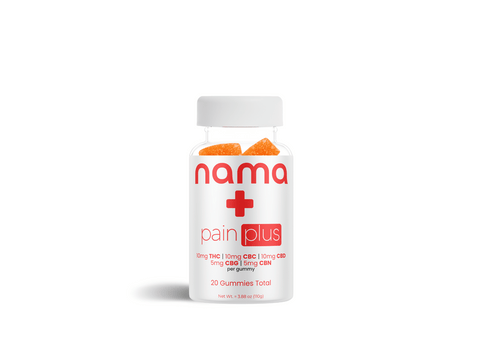
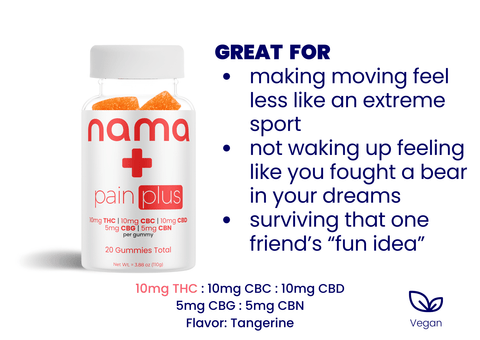
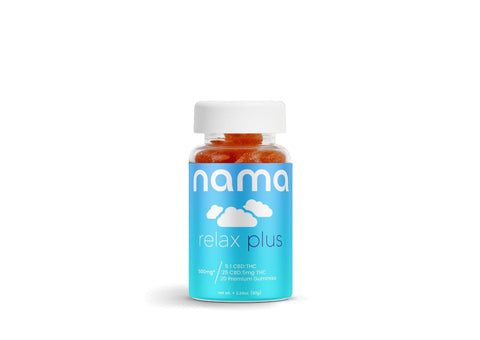
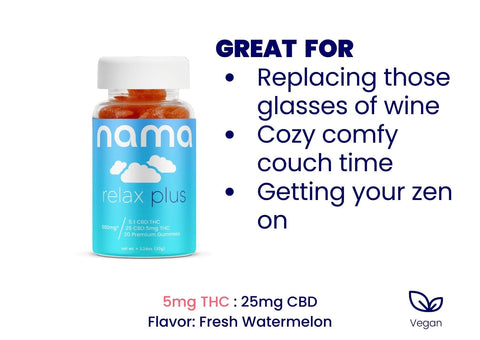
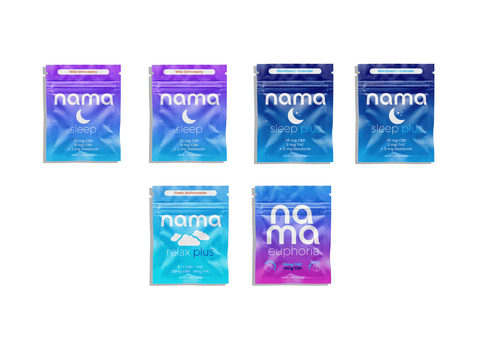
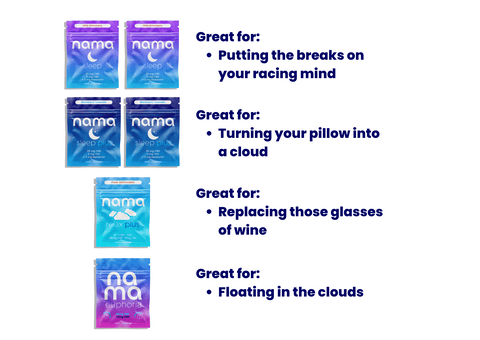
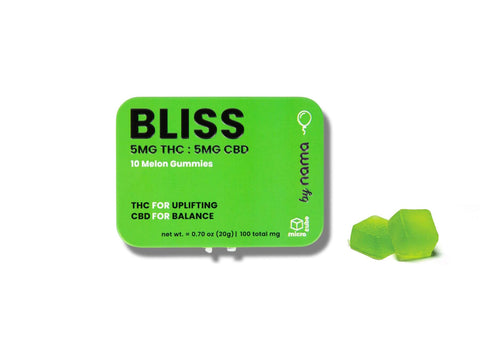
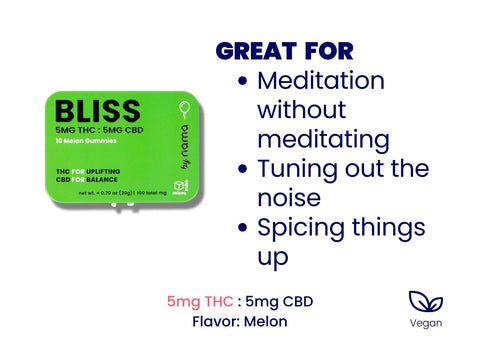
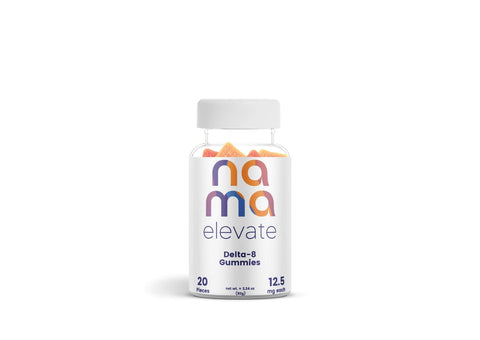
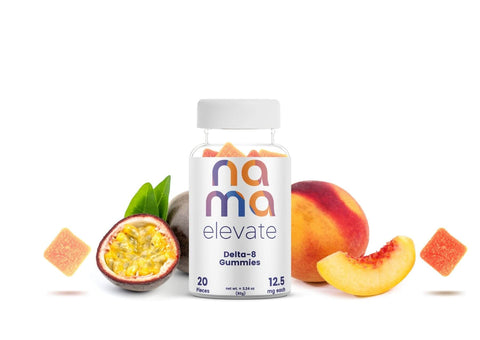
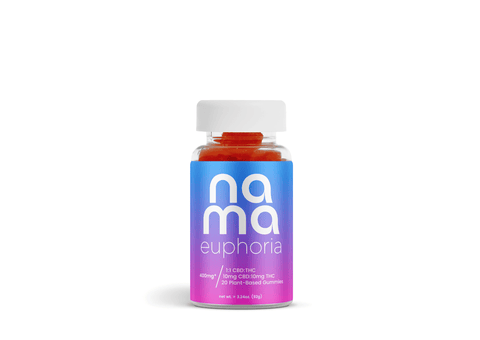
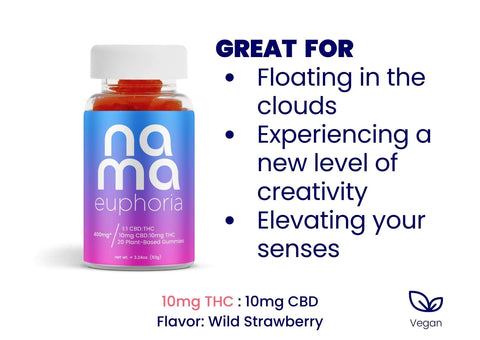
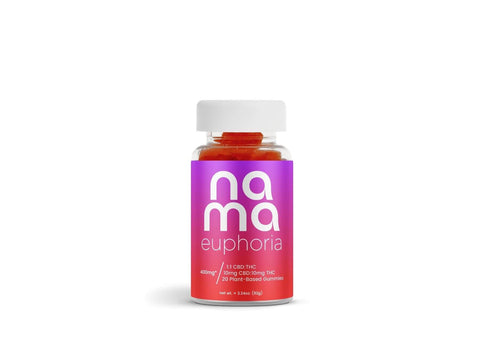
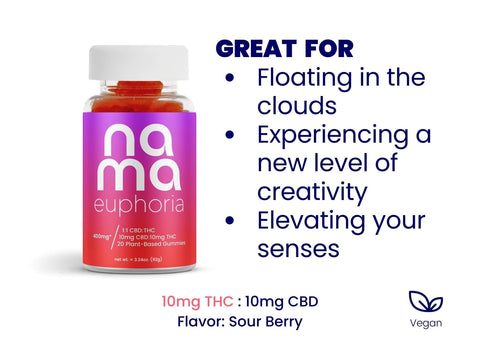
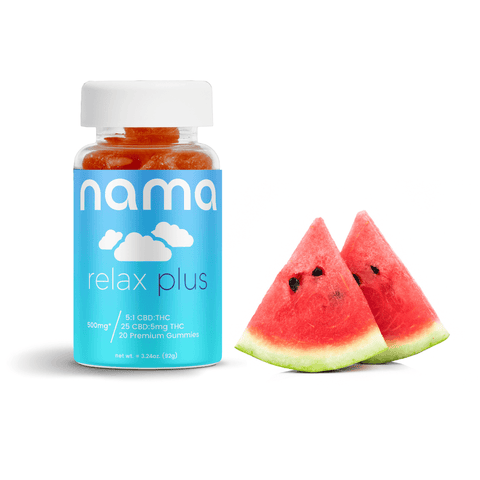
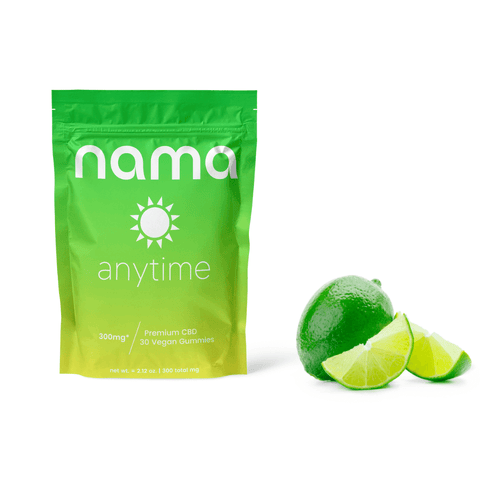
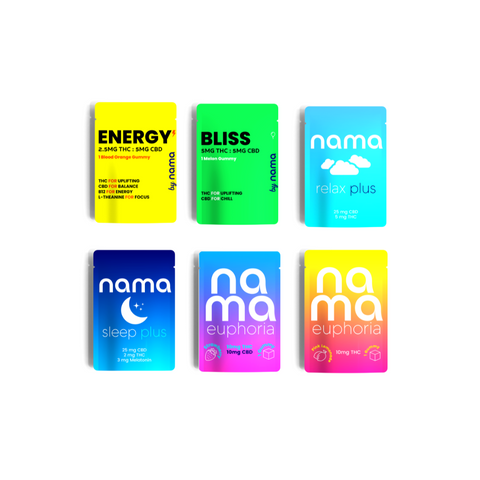
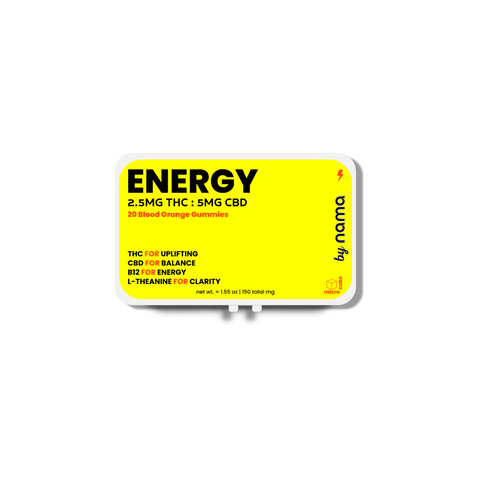
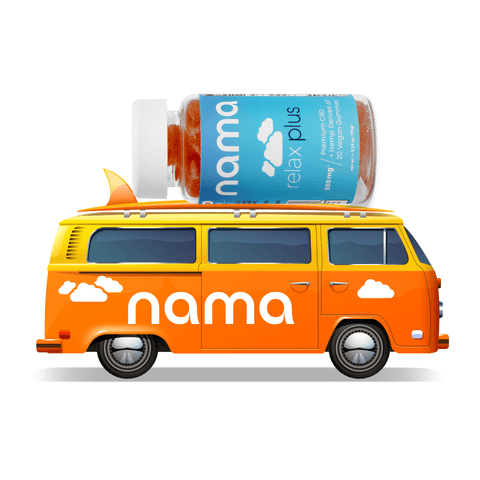
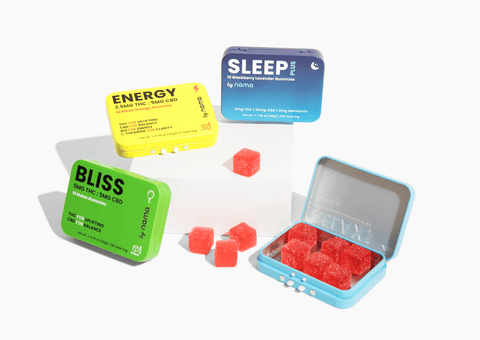
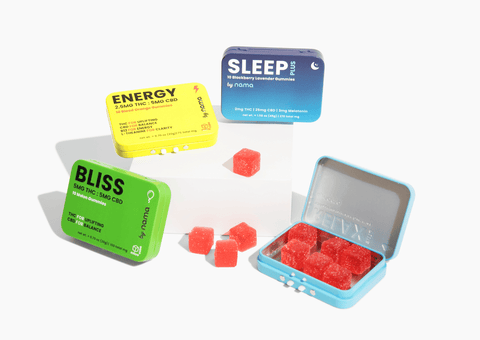
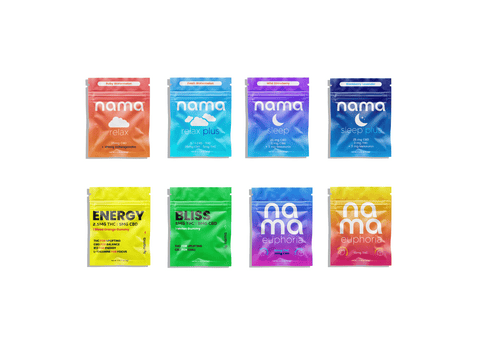
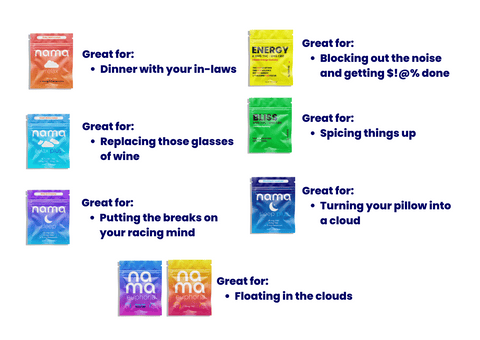
![Buzz Drops™ [THC Drink Drops]](http://www.namacbd.com/cdn/shop/files/nama_thc_buzz_drops.png?v=1711412866&width=480)
![Buzz Drops™ [THC Drink Drops]](http://www.namacbd.com/cdn/shop/files/buzz-drop-wine-comparison.png?v=1736882023&width=480)
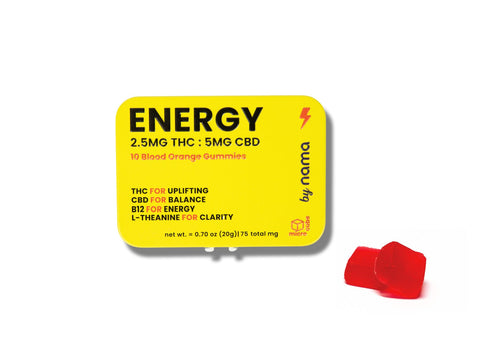
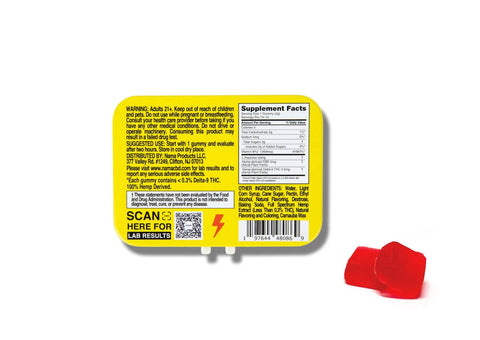

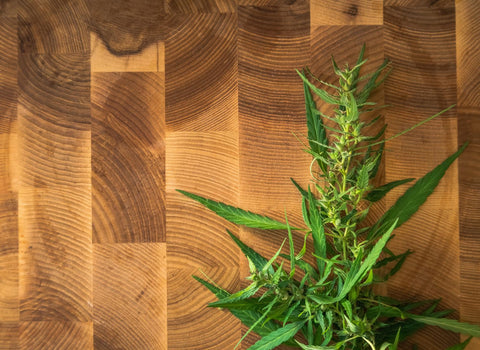


Comments (0)
There are no comments for this article. Be the first one to leave a message!